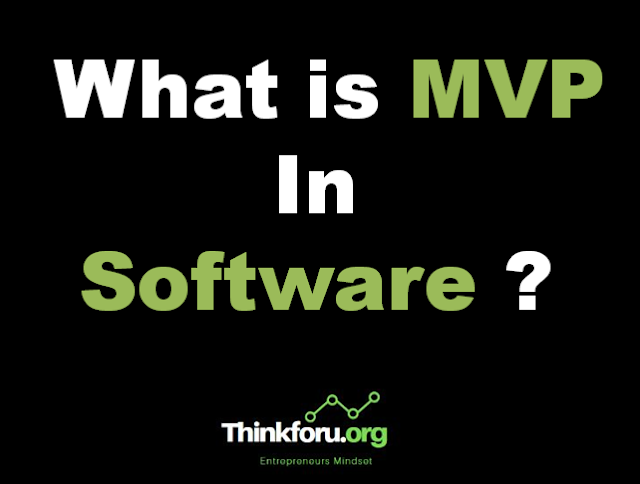MVP stands for Minimum Viable Product. It is a development technique in which a new product or website is developed with sufficient features to satisfy early adopters. The final, complete set of features is only designed and developed after considering feedback from the product's initial users.
The goal of an MVP is to release a product with the minimum set of features required to validate the product idea and gather feedback for future development. By launching an MVP, developers can quickly test assumptions about the product, learn from user feedback, and iterate on improvements.
MVPs are commonly used in software development, particularly in agile and lean methodologies, as they allow teams to reduce time to market, mitigate risks, and efficiently allocate resources by focusing on essential features first.
Here are some key aspects and benefits of using MVP in software development:
1. Faster Time to Market:
Developing an MVP allows companies to get their product into the hands of users sooner, enabling them to start gaining traction and generating revenue more quickly.
2. Cost Efficiency:
By focusing on building only the essential features needed for launch, companies can save time and resources during the initial development phase. This minimizes the risk of investing heavily in a product that may not meet market needs or preferences.
3. Validation of Assumptions:
MVPs help in testing assumptions about the product's market demand, user preferences, and functionality. By collecting feedback from early adopters, developers can validate their hypotheses and make informed decisions about future development iterations.
4. Iterative Development:
The MVP approach fosters an iterative development process where improvements and new features are gradually added based on user feedback and market demand. This iterative approach allows for continuous improvement and adaptation to changing market conditions.
5. Early User Engagement:
Launching an MVP allows developers to engage with users early in the product development lifecycle. This early interaction provides valuable insights into user needs, preferences, and pain points, which can inform future product enhancements and feature prioritization.
6. Reduced Risk of Failure:
By validating the product concept and market demand early through an MVP, companies can mitigate the risk of investing significant resources into a product that may fail to gain traction in the market. This approach enables companies to make data-driven decisions and pivot if necessary.
7. Focus on Core Value Proposition:
MVPs emphasize delivering the core value proposition of the product to users, without unnecessary features or complexities. This ensures that the product addresses the primary needs of users and delivers tangible benefits from the outset.
Overall, the MVP approach is a strategic way for software development teams to efficiently build and launch products, validate assumptions, and iteratively improve based on user feedback, ultimately increasing the chances of long-term success in the market.


Post a Comment